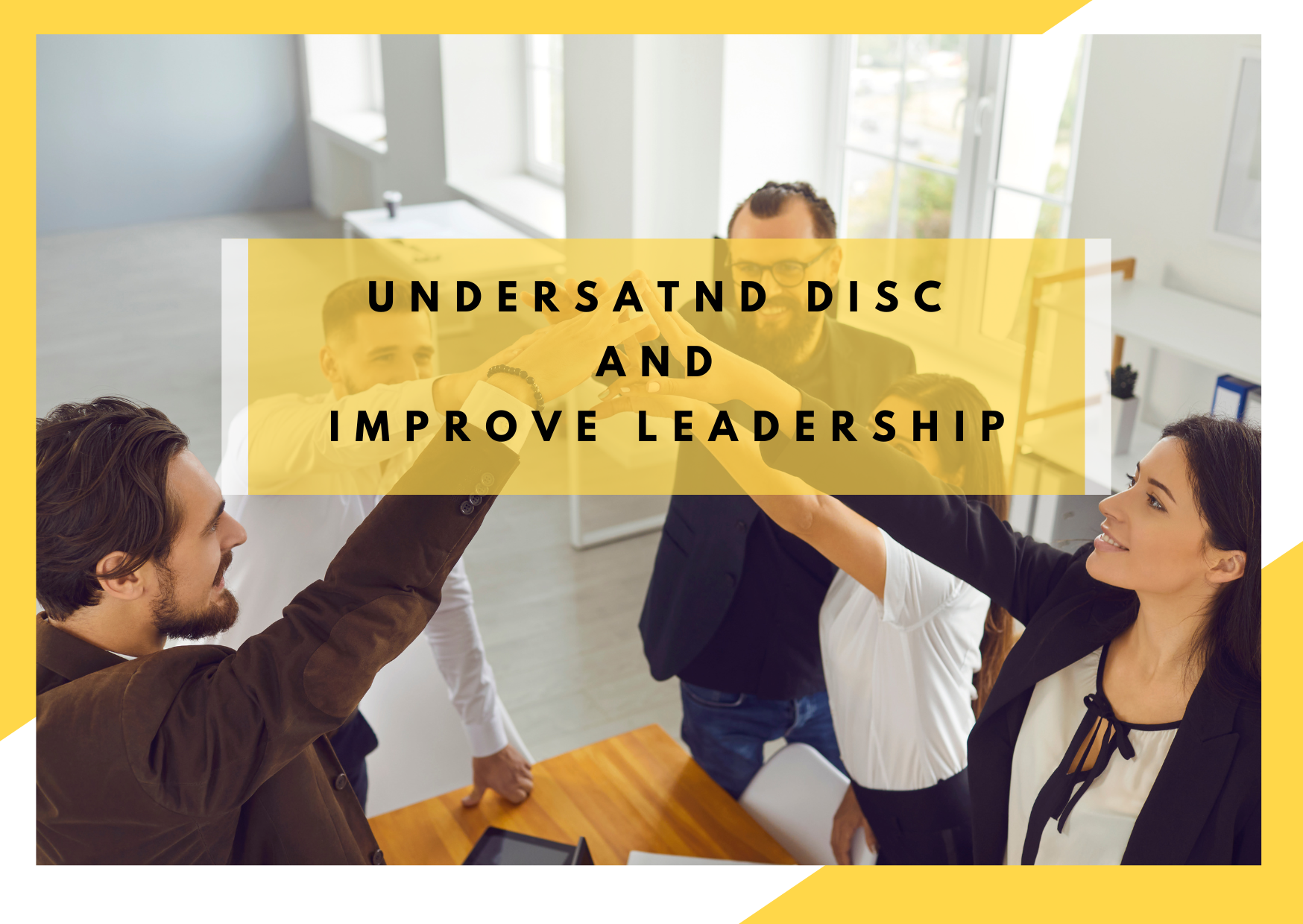June 17, 2025

In the world of leadership, understanding people is just as crucial as setting goals and making decisions. One of the most effective tools for enhancing leadership skills is the DISC personality assessment. This model categorizes individuals into four personality types—Dominance (D), Influence (I), Steadiness (S), and Conscientiousness (C)—providing valuable insights into how people communicate, make decisions, and interact in a team setting. But how exactly can DISC be used to improve leadership? What are specifics of the four DISC personality types? Let’s dive in.
Understanding the four DISC personality type
The DISC model classifies individuals into four primary behavioral styles:
-
Dominance (D): These individuals are assertive, results-driven, and competitive. They thrive on challenges and prefer direct communication.
-
Influence (I): Enthusiastic and people-oriented, they excel in motivating others, building relationships, and fostering collaboration.
-
Steadiness (S): Patient, reliable, and team-focused, they bring stability to an organization and value harmony.
-
Conscientiousness (C): Detail-oriented and analytical, they focus on accuracy and high standards in their work.
By understanding these personality model, leaders can tailor their management style to better communicate, motivate, and lead their teams effectively. Balancing all personality types can improve team performance and enhance effective communication.
How DISC Model Enhances Leadership Effectiveness
1. Improving Communication
One of the biggest challenges in leadership is communication. DISC helps leaders identify how their team members prefer to receive and process information. For example:
-
A “D” type prefers direct, no-nonsense communication with a focus on results.
-
An “I” type appreciates an energetic, engaging approach.
-
An “S” type values a calm and empathetic tone.
-
A “C” type responds well to structured, detail-oriented communication.
Adapting communication styles based on DISC assessments can significantly enhance clarity and collaboration.
2. Improving Team Performance
Understanding DISC types allows leaders to form well-balanced teams. For example, pairing a high-D decision-maker with a high-C analyst can create a powerful combination of strategic thinking and detail orientation. Similarly, having both high-I motivators and high-S stabilizers ensures that the team remains both inspired and grounded. Knowing that this personality help leaders understand how to help team members, assign roles correctly and discovering full potential at the same time.
3. Resolving Conflicts Effectively
Conflicts often arise from misunderstandings and differences in working styles. By recognizing the DISC profiles of individuals involved in a dispute, leaders can mediate conflicts more effectively. A high-D individual might see a high-S teammate as too passive, while the S-type might perceive the D-type as overly aggressive. Understanding these dynamics helps leaders facilitate better resolutions.
4. Enhancing Decision-Making in Workplace
Different DISC types approach decision-making in distinct ways:
-
D-types make fast, confident decisions based on results.
-
I-types seek consensus and input from others.
-
S-types prefer stability and well-thought-out decisions.
-
C-types rely on logic, research, and data.
A strong leader can use this knowledge to involve the right people in decision-making processes, ensuring a balance between speed and accuracy. Understanding the underlying disc insights can help leaders and their teams become a more effective teamwork.
5. Boosting Employee Engagement and Unlock Potential
When leaders understand and accommodate different personality types, employees feel more valued and engaged. A DISC-aware leader can assign tasks based on strengths, provide constructive feedback in a way that resonates, and create a work environment that fosters motivation and efficiency.
Implementing DISC in Leadership Development
To leverage DISC in leadership, organizations can:
-
Conduct DISC assessments for team members.
-
Provide training sessions on how to interpret and use DISC insights.
-
Integrate DISC into performance evaluations and coaching.
-
Use DISC to develop customized leadership strategies that align with individual and team dynamics.
Conclusion – How Understanding DISC Profile Boost Effectiveness
The DISC personality model is a powerful tool for leaders seeking to improve communication, resolve conflicts, build stronger teams, and enhance overall effectiveness. By understanding and adapting to different personality types, leaders can create a more productive and harmonious work environment. Whether you’re an experienced executive or an emerging leader, embracing DISC can elevate your leadership to new heights.
Ready to apply DISC in your leadership journey? Start by taking a DISC assessment and discovering the unique strengths of your team today!
If you want to know more about communication click here: https://levelupngo.com/7-methods-of-effective-communication-skills/
